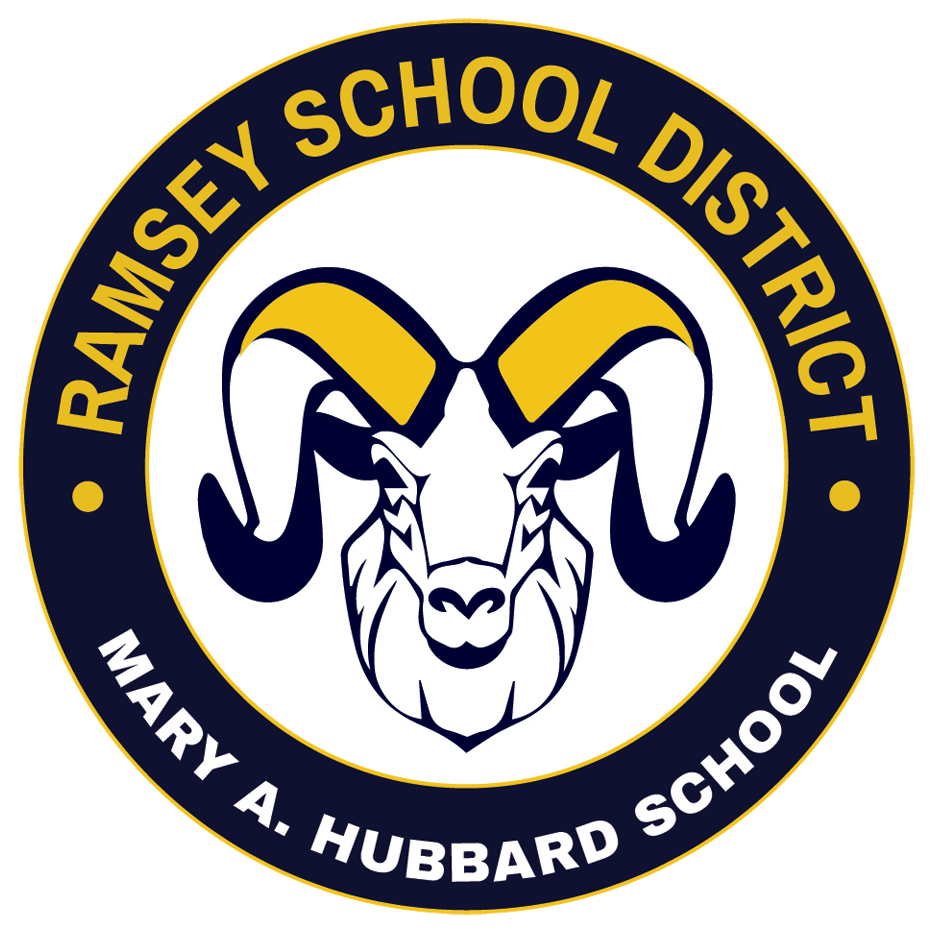“Children begin to write by making marks and using letters or letter-like forms to represent their thoughts. These early attempts—such as drawing and invented spelling—are valuable steps in the process of becoming conventional writers.” (NAEYC, DAP, p. 155–157)
There was a special delivery this week in our preschool classrooms — live caterpillars! The excitement was contagious as children leaned in close, using their “science eyes” to observe every little wiggle and movement inside the cup.
This hands-on experience is more than just exciting — it’s a meaningful opportunity for young children to engage in scientific thinking. With magnifying glasses in hand, our preschoolers noticed small details like color, texture, and size, using early inquiry skills to explore and make sense of the world around them.
After observing, students turned to their science journals to document what they saw. These journals were filled with detailed illustrations and inventive spelling, as students stretched out the sounds in words like caterpillar and food, writing what they heard: “CTRPLR” and “FOD.” These emergent writing moments are incredibly powerful — they support phonemic awareness, build confidence in letter-sound relationships, and allow children to see themselves as capable communicators.
By combining drawing with sound-based spelling, students are naturally connecting observation with expression — a key foundation of both scientific literacy and early writing development. As stated in NAEYC’s Developmentally Appropriate Practice guidelines, children’s early attempts at writing — including drawing and invented spelling — are essential steps in developing conventional literacy skills (NAEYC, 2022).
This learning experience is a perfect reminder that preschool is a place where play and purpose go hand in hand. Our students aren’t just watching caterpillars grow — they’re growing, too. Through observation, documentation, and discovery, they are building the skills that will carry them through school and beyond.

